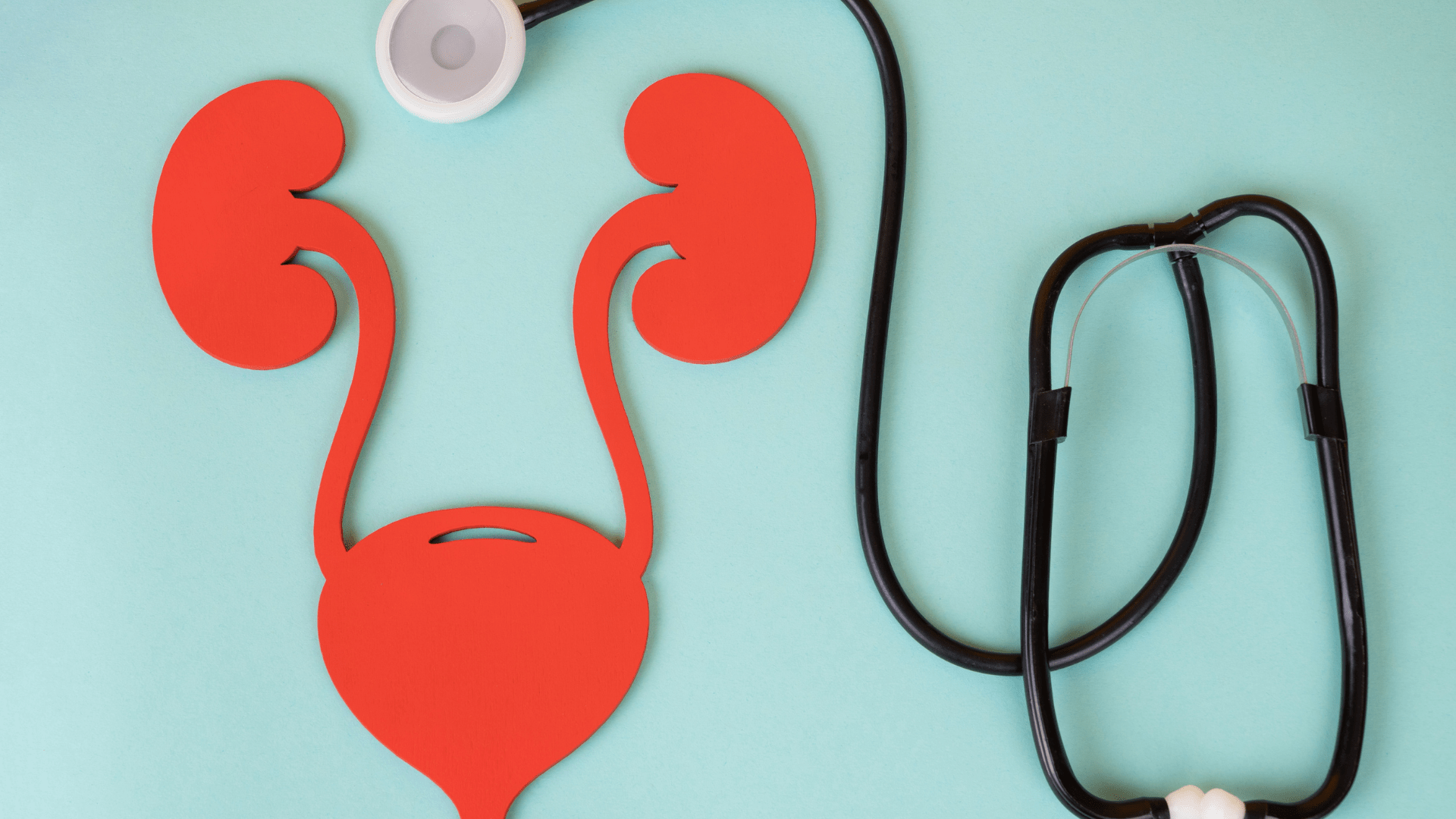Stillbirth refers to the unfortunate occurrence of a baby’s death after 28 weeks of pregnancy, either before or during birth. It should be distinguished from miscarriage, which typically happens in early pregnancy, and sudden infant death syndrome (SIDS), which occurs shortly after birth. Shockingly, the World Health Organization estimates that nearly 2 million stillbirths occur worldwide every year, which means one stillbirth happens approximately every 16 seconds. Alarmingly, over 40% of all stillbirths take place during labor.
Causes
There are various factors that can contribute to stillbirth. Maternal illnesses and infections, as well as complications prior to labor that restrict fetal growth in the uterus, are common causes. Maternal health plays a significant role in the occurrence of stillbirths. For instance, chronic uncontrolled hypertension or hypertension developed during pregnancy contributes to the risk. Approximately 10% of stillbirths worldwide are associated with obesity, diabetes, and hypertension.

Advanced maternal age, previous stillbirths, poor nutritional status of the mother, low blood levels, and smoking are also factors that increase the risk of maternal illness leading to stillbirth. Additionally, pregnancies with multiple fetuses, such as twins or triplets, carry an increased risk of preterm labor, which is also associated with stillbirth.
Placental problems, such as placental abruptio (the detachment of the placenta from the inner wall of the uterus before delivery), are the leading causes of stillbirth. Placental abruptio is typically characterized by excessive vaginal bleeding, severe abdominal pain, and insufficient blood flow to the unborn baby.
Placenta previa, another placental complication, occurs when the placenta is positioned in the lower parts of the uterus, sometimes close to or covering the cervical opening. This condition often leads to painless vaginal bleeding in the third trimester.

Other conditions, including vasa previa, abnormal placental shape, and vaginal infections, can cause bleeding in the third trimester, which increases the risk of stillbirth. Difficulties encountered by the fetus in navigating the pelvis during labor, delayed progress of labor due to insufficient contractions, or problems with the birth canal can result in prolonged labor, distressing the unborn baby and potentially leading to stillbirth.
Factors such as inadequate pregnancy care, limited access to healthcare facilities, and a lack of skilled and timely medical or surgical interventions have also been associated with stillbirths.
Symptoms
When stillbirth occurs, there are certain symptoms that the mother may experience which includes:
- Decreased Fetal Movement: One of the common signs of stillbirth is a significant decrease or absence of fetal movement. Reduced perception of fetal movement requires immediate medical attention.
- Vaginal Bleeding or Discharge: Some women may experience vaginal bleeding or abnormal discharge, which can be a sign of a potential problem.
- Absence of Fetal Heartbeat during Ultrasound: If a healthcare provider performs an ultrasound and cannot detect a fetal heartbeat, it may suggest a stillbirth.

Treatment
When a stillborn baby passes away before labor, there are several management options available:
- Induction of labor: This approach is typically chosen when the stillbirth is caused by severe infection, bleeding disorders, or severe preeclampsia (severely elevated blood pressure during pregnancy). Labor induction can be achieved through the use of oxytocic drugs inserted vaginally or administered through intravenous infusion. Alternatively, a foley catheter can be inserted into the cervix to initiate labor.
- Surgical options: In some cases, dilation and evacuation may be necessary. Prior to the procedure, cervical dilators are often inserted to prepare the cervix.
- Natural delivery where the mother goes into labor on her own. This is associated with more emotional discomfort, medical complications and further deterioration of the fetus.
Complications resulting from stillbirth, such as bleeding abnormalities like disseminated intravascular coagulation (DIC), may require blood or blood product transfusions. Emotional support and counseling following a stillbirth are also crucial for the well-being of the parents.
References
- Dulay, A.T. (2023) Stillbirth – gynecology and Obstetrics, MSD Manual Professional Edition. Available at: https://www.msdmanuals.com/professional/gynecology-and-obstetrics/abnormalities-of-pregnancy/stillbirth (Accessed: 22 May 2023).
- What you need to know about stillbirths (2023) UNICEF. Available at: https://www.unicef.org/stories/what-you-need-to-know-about-stillbirths (Accessed: 22 May 2023).
- What are possible causes of stillbirth? (2022) Eunice Kennedy Shriver National Institute of Child Health and Human Development. Available at: https://www.nichd.nih.gov/health/topics/stillbirth/topicinfo/causes (Accessed: 22 May 2023).
Frequently Asked Questions About Stillbirth
- How do I know if my baby is fine in the womb?
The best way to determine the health of your baby is through regular prenatal check-ups and medical monitoring although the presence of fetal movement is very helpful. - How can stillbirth be prevented?
Managing maternal illnesses, maintaining a healthy lifestyle, avoiding tobacco, alcohol, and illicit drugs in pregnancy and regular antenatal care is important in the prevention of stillbirths. - What causes a baby to be stillborn?
The common causes of stillbirth include maternal illnesses and infections as well as complications before labor that could lead to restriction of fetal growth in the uterus. - What are the symptoms of stillbirth?
Some of the symptoms the mother experiences when the stillbirth has occurred could include reduced or absent fetal movement, fever, chills and bleeding. - What is the difference between stillbirth and stillborn?
Stillbirth is a term used to describe the death of a baby after 20 weeks of gestation but before or during birth.
Stillborn is an adjective that describes a baby who is born without any signs of life. It is used to refer to a baby who is born dead, showing no signs of breathing, heartbeat, or other vital signs.
A baby is considered stillborn when there is no evidence of life at the time of birth.





